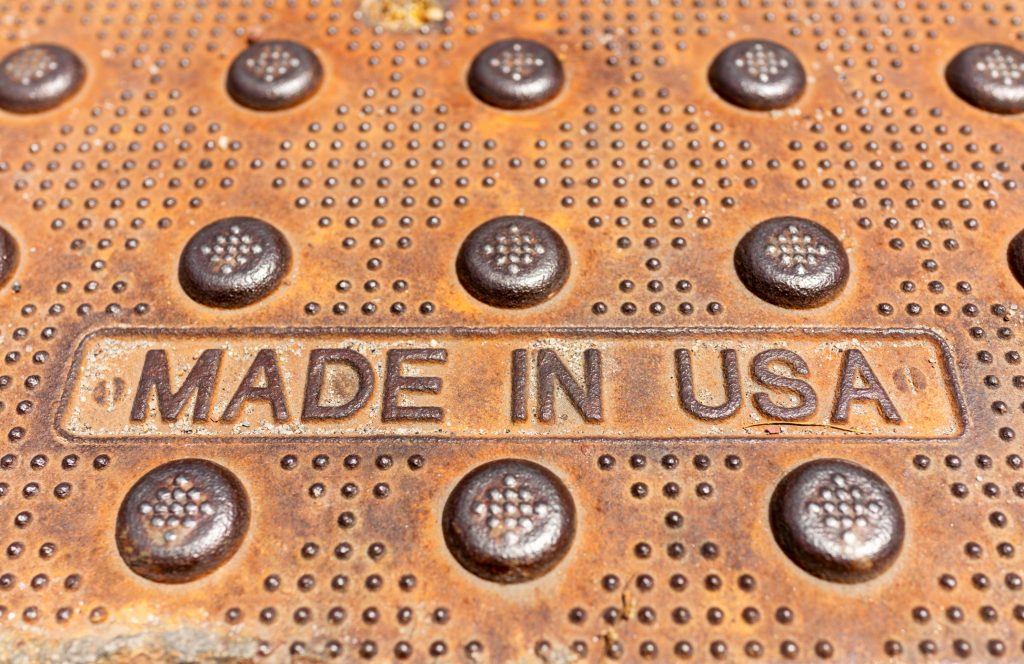
A closer look at the bipartisan infrastructure law.
With all of the day-to-day changes in the political and legislative landscape, it can be difficult to pin down what exactly is happening and when. Fortunately for us, the folks at Kelley, Drye and Warren LLP spoke last week about some truly historic overhauls and opportunities created in the recently enacted Infrastructure Investment and Jobs Act.
Among the highlights of the $1.2 trillion infrastructure bill are a generational investment in what Americans use each and every day, notably roads and bridges. Dana Wood, director of government relations at Kelley Drye, noted that roads and highways will receive “$351 billion over five years. This is a 50% increase for highways above the last re-authorization (of funding). Roughly 87% of the total highway funding will be apportioned to the states … The bill also creates new grants and pilot programs for highways.”
Wood noted that the act authorizes the single largest dedicated bridge investment since construction of the interstate highway system, and could fix up to 15,000 bridges nationwide.
The bipartisan law not only goes to great lengths to bind the nation’s wounded infrastructure, such as updating the energy grid, replacing lead pipes, and expanding broadband to all corners of the United States, but it also attempts to get the country ahead of the curve for the infrastructure of the future. Kelley Drye’s presentation made note the creation of a new research agency within the Department of Transportation, the Advanced Research Projects Agency-Infrastructure, that will fund research and development to work on early-stage infrastructure projects.
And it’s not just roads and bridges being repaired – in part, it’s the relationship between working people and their representatives in Washington, D.C. For decades, American manufacturers have been hit hard by choices presented as inevitable, but consensus has begun to recognize that these choices have been simply that: choices. We chose to outsource our manufacturing capacity, and Americans have been recently reminded of this by overstretched supply chains. And while our holiday gift guide will get you through this merry season, both lawmakers and the public are increasingly aware of how important it is to have adequate domestic manufacturing capacity.
David Hickey, another Kelley Drye partner, said the new law hopes to combat this “consistent national security concern” about capacity through several mechanisms, notably investing $140 million for a new Department of Energy rare earth demonstration facility a commercial scale battery processing facility in the United States, and “$50 million for retooling, retrofitting existing manufacturing facilities [in the United States].”
Additionally, the law builds on an executive order from President Biden back in January, which stated U.S. policy should be to use taxpayer dollars on American made goods and services and created a “Made in America” office to help coordinate these efforts.
Dustin Painter, another partner, elaborated: “In implementing the executive order, it prioritizes infrastructure investments that avoid waste, have measurable outcomes, increase domestic competitiveness, think ‘Buy America,’ creates jobs with high labor standards, emphasizes equity in disadvantaged communities… and, as a major priority of this administration, projects that combat climate change in addition to promoting resiliency.”
“There are substantial domestic procurement policies in this bill,” Painter continued. “For instance, the fiberoptic cable limitation prohibits the use of fiber optics from the People’s Republic of China. There’s a water ‘Buy American’ requirement for American iron and steel, that was made permanent.
“But all of these pale in comparison to Title IX of the bill, which is the ‘Build America, Buy America Act.’ This language does a number of things: Principally, it expands domestic preference policies …to broadly speaking federal financial assistance programs for public works infrastructure that would go beyond current programs that are discreet… This can be grants, it can be other types of financial assistance, loans for instance, cooperative agreements…be it surface transportation, rail, water, electrical, transmission, public buildings, etc. It’s going to apply to the following categories of products: iron, steel, manufacturing products, construction materials.”
Painter outlined the “robust origin standards” that those wishing to receive funds from the law would have to adhere to, especially for steel and iron. “The standard for origin … has typically been all manufacturing processes, that means from the initial melting phase to the application coatings for the steel that’s going to be utilized and subsequently fabricated here in the United States.”
Additionally, should any company wish to seek an exemption to the “Buy American” standards, they will have to do so publicly, at MadeInAmerica.gov.
Suffice to say, there’s a lot going on in this bill that will affect the domestic manufacturing landscape. You can watch the entire Kelley Drye presentation here.
